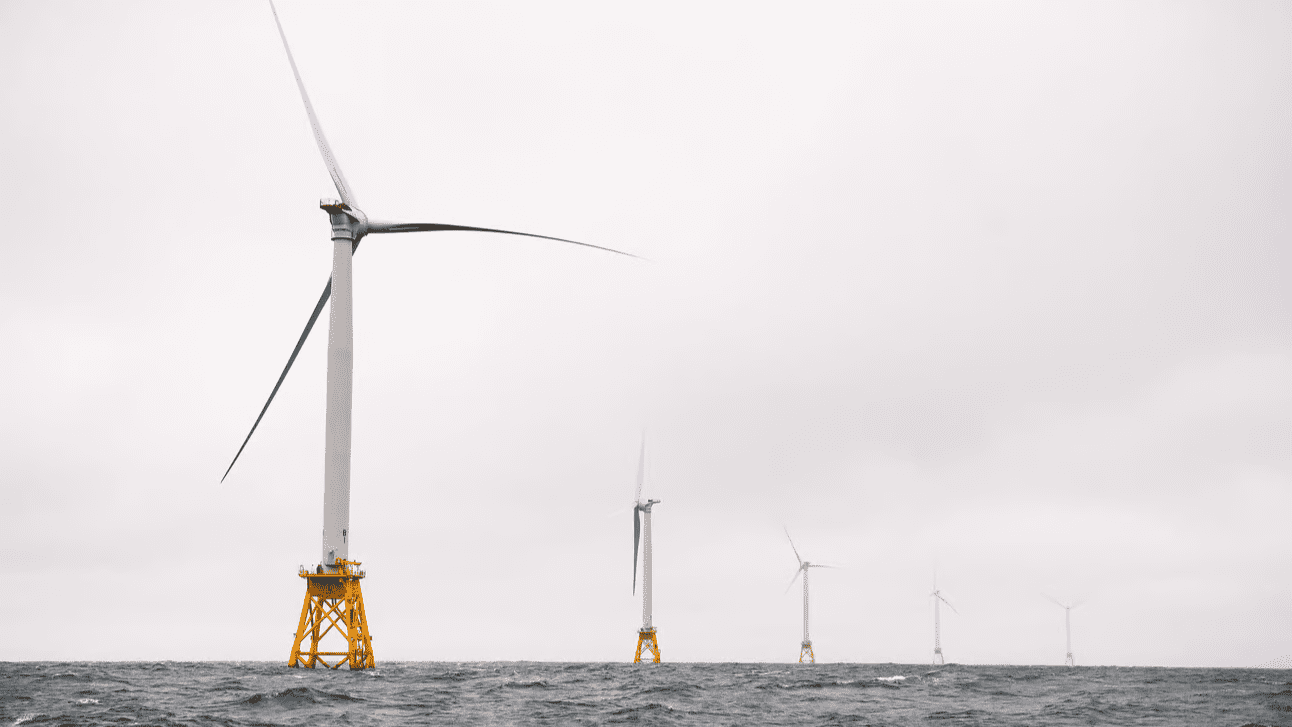Hope you’re enjoying the first flurries of the season. First up: Election results.
In the environment-adjacent realm, Question 3 (Pine Tree Power) failed, while and Question 4 (“right to repair”) passed. My Climate Monitor co-author Kate Cough reported on the outcome of Question 3 here.
In his coverage, The Portland Press Herald’s Stephen Singer heard from one Maine legislator floating “performance-based regulation” as a successor to the failed consumer-owned utility effort. In the words of the news outlet Utility Dive, this regulatory approach sets rates “based on how a utility does its job.”
Before Election Day, experts at the clean energy think tank RMI told me that Maine’s “utility accountability bill,” proposed and signed into law by Gov. Janet Mills last year, has some but not all elements of this kind of scheme.
A full-scale version of so-called “PBR” is now being developed in Connecticut, part of the ongoing fallout from that state’s utilities’ response to Tropical Storm Isaias in 2020.
Eversource and United Illuminating, which shares its parent company Avangrid with Central Maine Power, were heavily fined for a botched handling of lengthy, widespread power outages. Now, Connecticut is working on the details of its new performance-based approach to utility regulation.
Our other Maine election takeaway is on Question 4, which has an unsung environmental tie-in. As WGME reported this week, the initiative’s passage will require car manufacturers “to standardize on-board diagnostic systems and provide remote, wireless access to those systems and the data to both you, the car owner, and independent repair shops.”
In general, a “right to repair” for all kinds of devices — especially electronics like phones and computers — is seen as a potential solution for a mounting crisis of “e-waste.” The electronics that power our cars are no exception.
Among other things, all the barely-broken devices and parts we throw away are adding to overflowing landfills, which emit planet-warming greenhouse gases as their contents slowly decompose.
Advocates say that enabling consumers to extend the life of these items more easily through third-party repair could curtail that waste and help fight climate change. This idea is catching on in the industry — Apple endorsed a “right to repair” measure proposed in California this year, for example, and said it would support a national version of the legislation.
That’s the theory. One study from Harvard Business Review suggested that a broader “right to repair” could have unintended consequences, leading device manufacturers to flood the market with cheaper items destined for the garbage.
Either way, Maine’s new “right to repair” is just one step forward on this issue, as it only applies to cars — which you might be less likely to just throw away without seeking a fix than you would an old phone with a shattered screen.
In other news
It’s been a season of setbacks for the East Coast’s burgeoning offshore wind industry, raising the stakes for Maine’s ambitious wind goals.
Last week, Danish developer Ørsted scrapped its plans for two of New Jersey’s three approved offshore wind farms. And recent months have seen cancellations or setbacks for multiple offshore wind contracts in the Northeast, including in Massachusetts and Connecticut.
Some of those developers could rebid their contracts at a higher cost. But other projects may be in jeopardy. Supply chain issues, high interest rates and other economic stumbling blocks are creating uncertainty across the industry for a renewable energy source that’s vital to meeting U.S. emissions-cutting targets.
What does this mean for Maine, with its lofty, early-stage project plans for what’s been described as the “Saudi Arabia of offshore wind” — the Gulf of Maine?
I asked Dan Burgess, the director of the Governor’s Energy Office: “I think we’re in a place of kind of monitoring what’s happening,” he said. “It’s an opportunity for us to learn best practices… from other states about making sure this can work, and in a way that’s cost-effective for ratepayers.”
In other words: Maine is far enough off from “steel in the water,” as they say in the industry, that officials like Burgess are well positioned to “wait and see.”
Under Maine’s recently inked offshore wind procurement program, which sets a goal of installing 3 gigawatts of wind by 2040, the state doesn’t have to issue its first request for proposals until either January 2026 or three months after the first federal auction for wind in the Gulf of Maine, whichever is later.

(A quick aside about scale — 3 GW is more than two Seabrook Nuclear Power Plants’ worth of turbines. Vineyard Wind, the 62-turbine Avangrid project in the works off Massachusetts, will be about 800 megawatts or 0.8 GW. In 2021, the average American home used about 900 kilowatts of electricity per month — not quite 1 MW. Maine says its 3 GW goal will get the state to its climate plan goal of using only renewable electricity by 2040.)
There are plenty of lessons Maine can take from what’s playing out in New Jersey and elsewhere while moving ahead on the early stages of its own wind plans. One could be on penalties for project cancellations — Ørsted is trying to avoid paying the $300 million it promised New Jersey for this scenario.
In New England, Burgess said he’s excited about the first-of-its-kind multi-state wind procurement recently announced by Rhode Island, Massachusetts and Connecticut (which is separately moving ahead with its own Ørsted project, Revolution Wind).
“Regional coordination, from supply chain to workforce to electricity procurement and contracts, port development — all of those will be really important as well, and I think there’ll be good discussions and opportunities there,” Burgess said.
It’s a reminder that the wind projects themselves are only part of the puzzle. New England will need to stand up many ancillary industries to build, operate and distribute power from turbines in both the Gulf of Maine and waters south of Massachusetts. These efforts are already keeping states like Maine busy as they eye on fluctuations in the rest of the East Coast’s burgeoning wind sector.







